Lily of the valley is a beautiful sweet smelling bell-shaped flower, which returns every spring to gift us with it's presence. Though the blooms are tiny, the scent is powerful and just a small posey will fill a room with glorious perfume. Learn how to transplant Lily of the valley, to give these wonderful flowers a place in your garden.
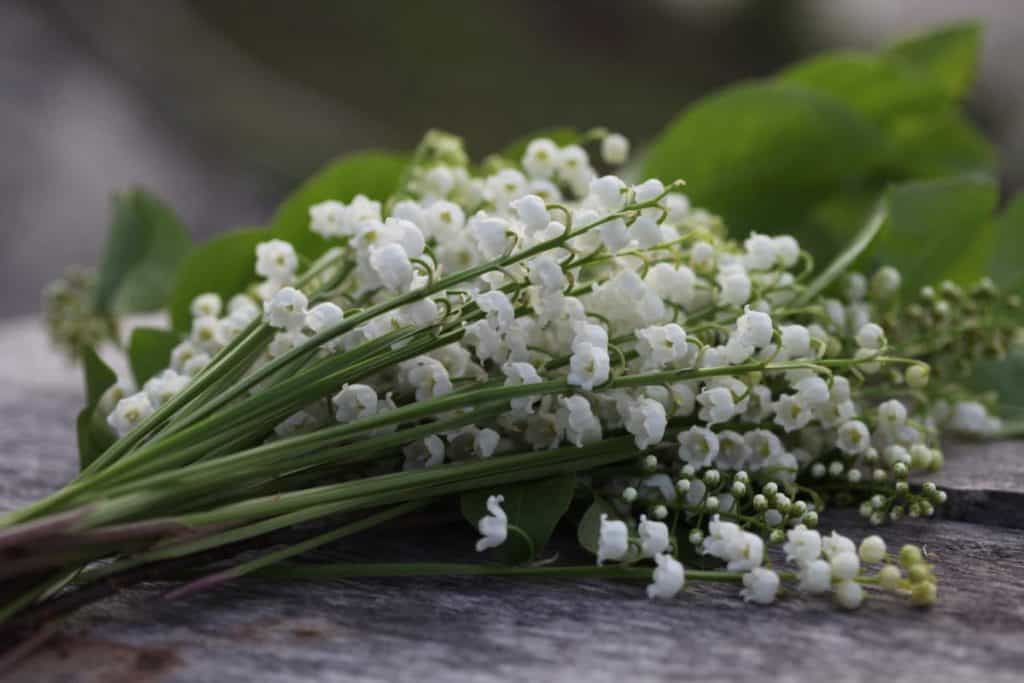
Lily of the valley is a flowering herbaceous perennial, and an old fashioned garden plant. The Latin name for Lily of the valley is Convallaria Majalis. It is a member of the asparagus family and not actually a lily!
The stems grow to an average of 15 cm, however do grow taller. We measured ours at 21 cm or 8.2 inches.
The flowers have long been a favourite to use in posies and bridal bouquets, especially historically during Victorian times.
The flowers spread via rhizomes, which produce many upright stems which are referred to as pips.
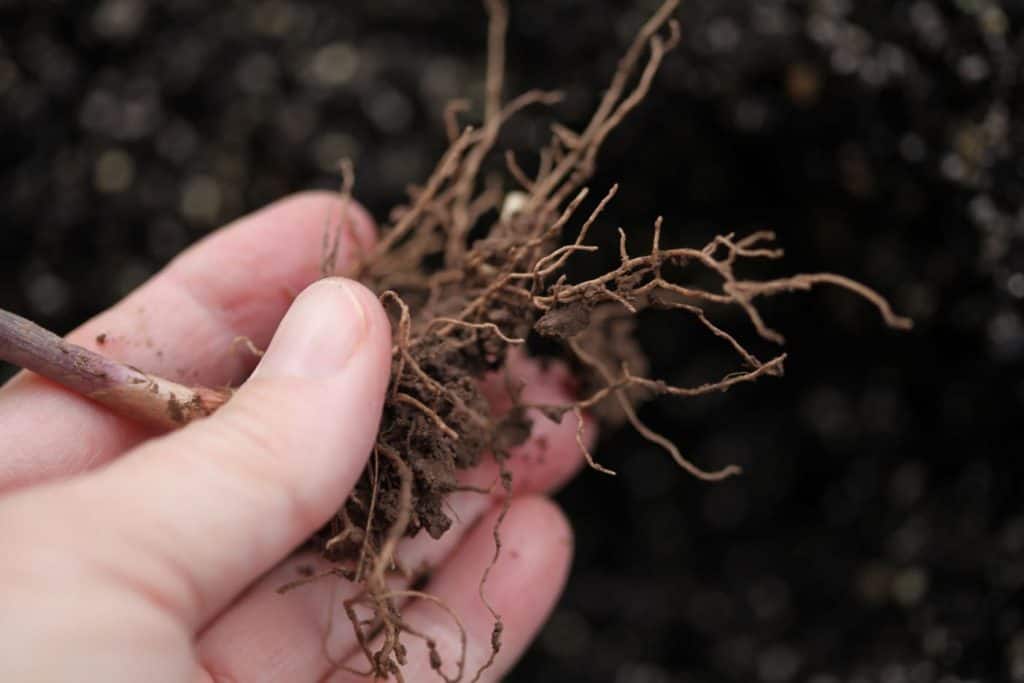
5 Reasons To Transplant Lily Of The Valley
There are a few reasons that you may want to consider transplanting Lily of the valley. This adorable little flower has been around for a long time and has roots in history.
1. Sentimental Connections
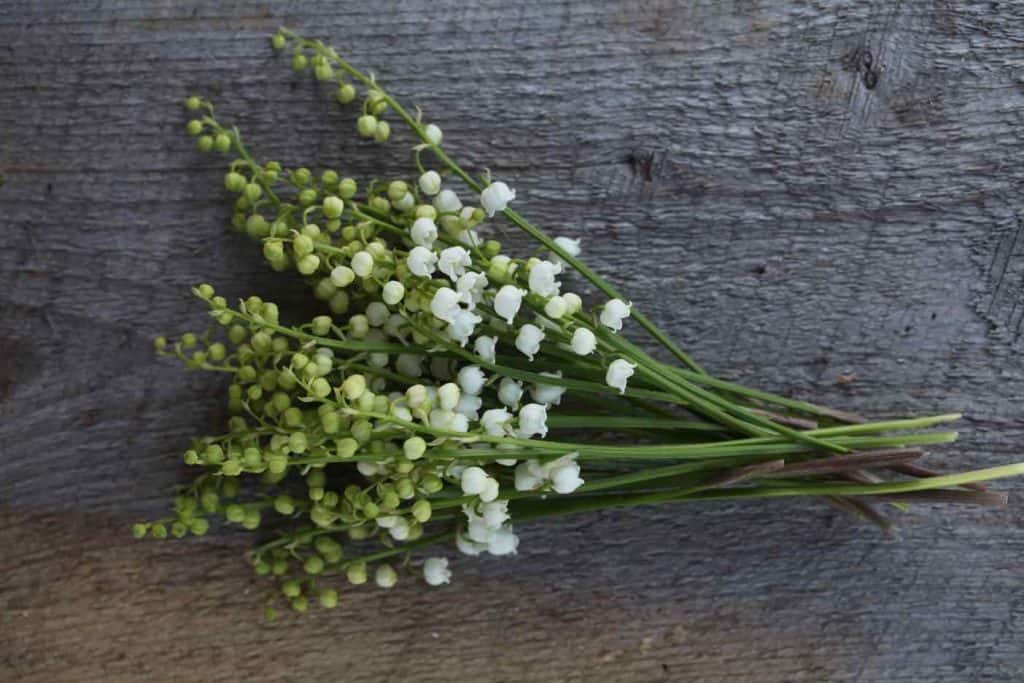
Lily of the valley has been a constant on our farm for many generations.
Under a big Chestnut tree at the farm are hundreds of Lily of the valley plants growing in rich loamy soil under the shade of the tree. They have been there for generations, and who knows how long before that.
These beautiful flowers are my sister in law's absolute favourite, and her reason is so sweet.
One of her earliest childhood memories of these Lily of the valleys is how they were scattered in small vases throughout her grandmother's house, the farmhouse, in spring.
She described the sweet smell in every room that she entered.
Now when she smells them they always bring her back to that time, to the memories of her grandmother.
When her grandmother passed, she just had to take some of these special flowers for herself. She transplanted a patch from under the old chestnut tree to transplant into her own yard.
It's amazing how such a connection is made through memories and sense of smell.
Now she will always have this special reminder of her grandmother, growing in her own yard, to bring into her home every spring.
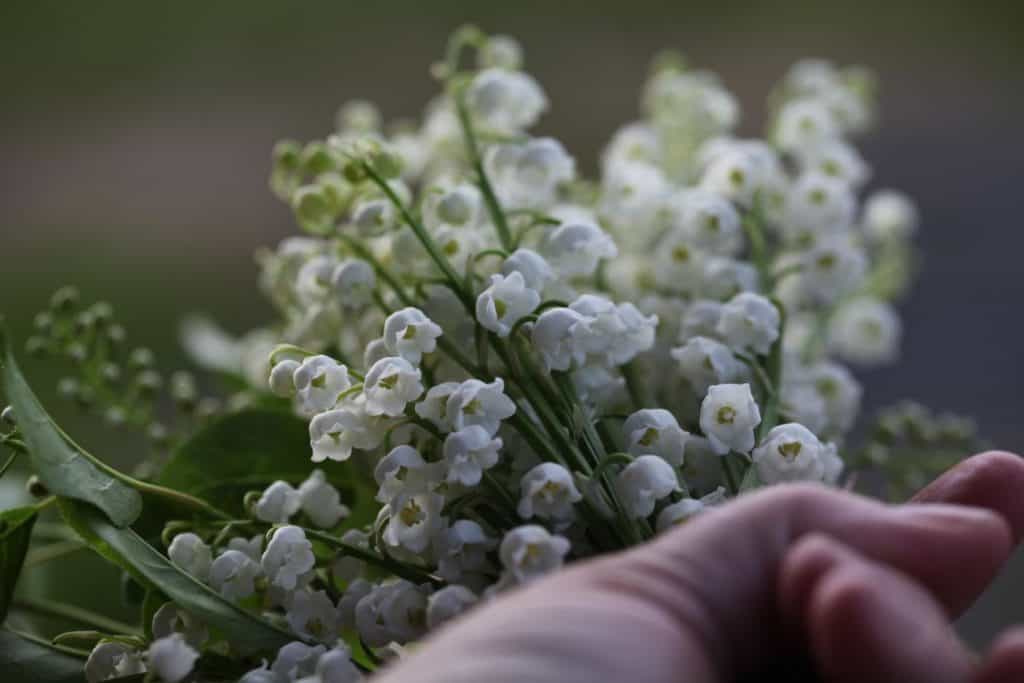
2. They Make A Wonderful Ground Cover
Lily of the valley grows where many plants do not.
These pretty flowering plants will fill in a shady spot quite nicely. The flowers don't last long, two to three weeks at the most, but the foliage is attractive and adds a nice touch of green to dark shady spots.
3. Lily Of The Valley Is Very Hardy
This plant is hardy and long lived, and will last a lifetime if planted in the right location.
What more could a gardener ask for?
4. Lily Of The Valley Smells Delicious!
There is no other floral scent quite like Lily of the valley.
If you grow it you will be able to enjoy the scent year after year, from your very own garden.
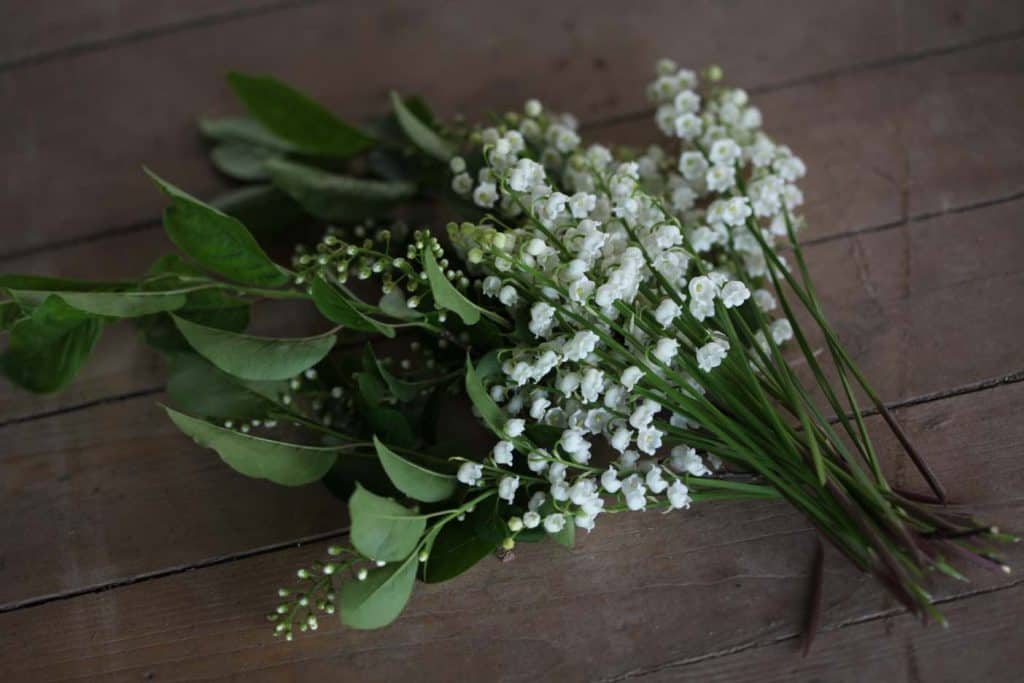
5. Lily Of The Valley Has A Royal History
Used by royals in bridal bouquets, this wonderful little bloom has a royal connection.
Here is an article from Hello Magazine revealing the flowers in many royal bridal bouquets. Lily of the valley is frequently used, as it is the perfect small white scented flower.
It has earned a place in our hearts and bouquets .
Can You Transplant Lily Of The Valley?
Lily of the valley is easily transplanted if done the right way, and placed in the right location.
Transplanting during early growth and before blooming is ideal, but not always possible.
If you don't catch them early enough it's still okay. You can transplant at any time during the growth period successfully, as these plants are very hardy.
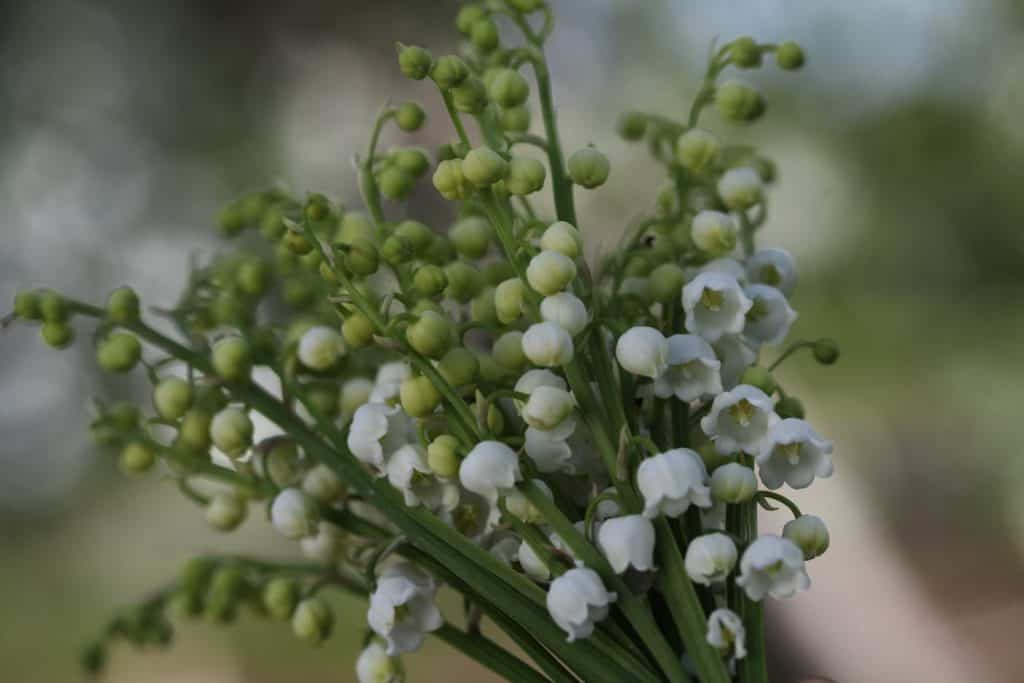
Is Lily Of The Valley Invasive?
Lily of the valley has been identified as an invasive plant in some locations. Prior to transplanting check to make sure it is not considered invasive in your area.
You can buy Lily of the valley at most garden centres and as well through mail order. Although readily available for purchase, it is always important to consider the risk if any plant is considered potentially invasive.
For us, the Lily of the valley is separate from the garden and growing under the chestnut tree. It's a fabulous ground cover for this shady area. It is totally self contained and happy in it's location.
When I was young we had Lily of the valley growing up against the north side of our house. This patch of flowers was separated from the garden by lawn. I always thought it a somewhat restricted location, however it was certainly contained in this manner.
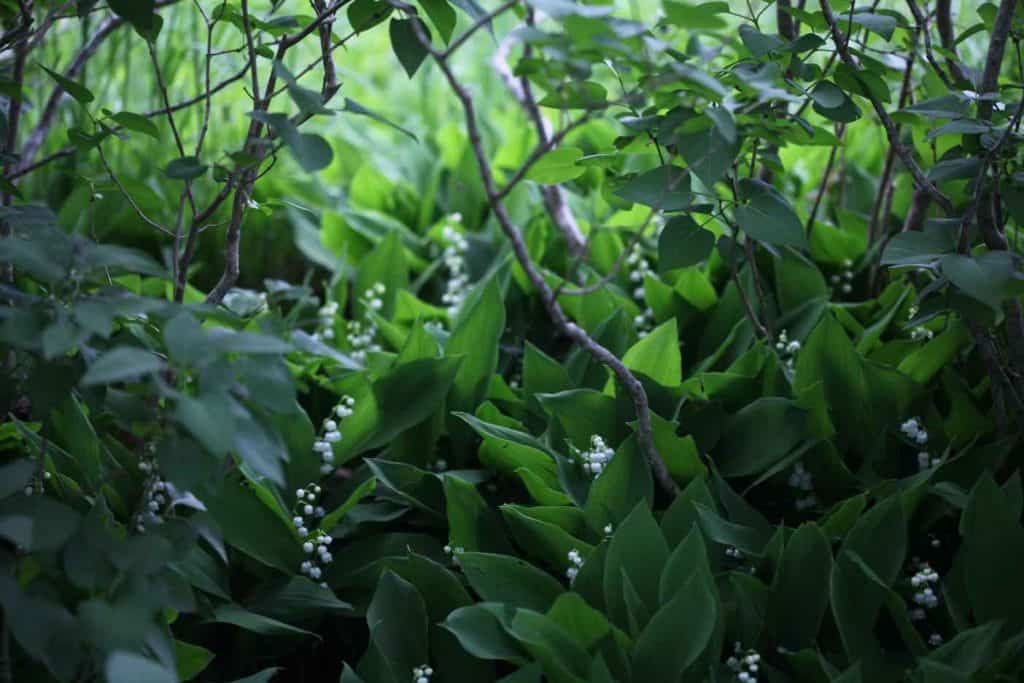
Lily of the valley spreads by rhizomes, and it is a very prolific spreader. It is a great ground cover if contained.
Here is an article from CBC News on the benefits of Lily of the valley. It's called #YouShouldGrowThis: Lily-of-the-valley is a valuable plant.
Lily Of The Valley Pips
Lily of the Valley pips can be planted individually or en masse, especially if dug up as a clump. You can easily separate the individual pips or plant them together in the clump, just as they have been dug up.
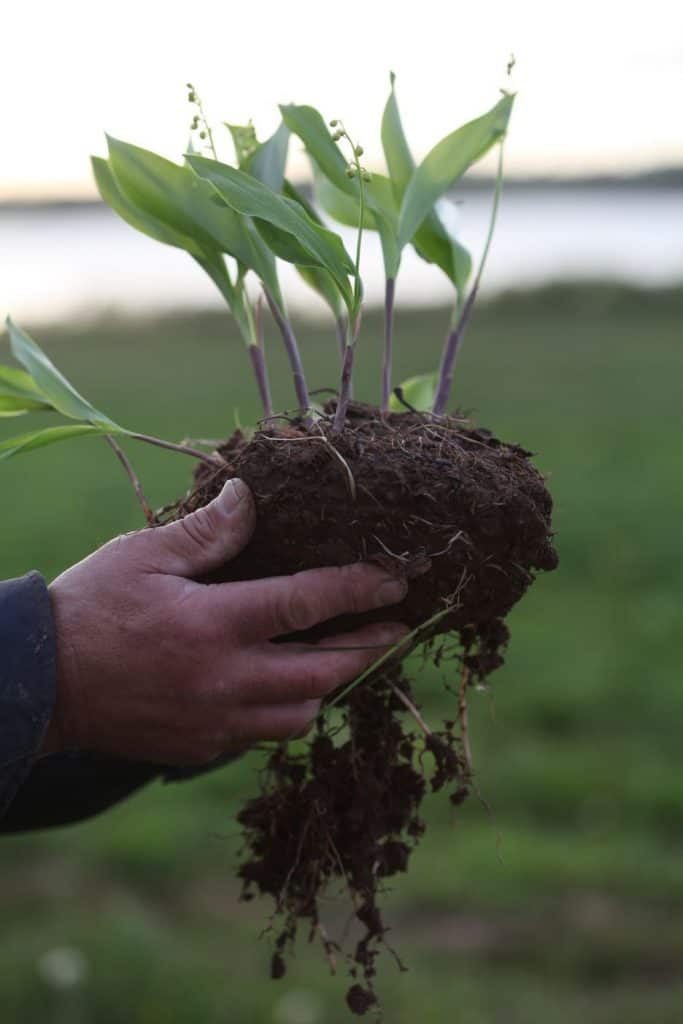
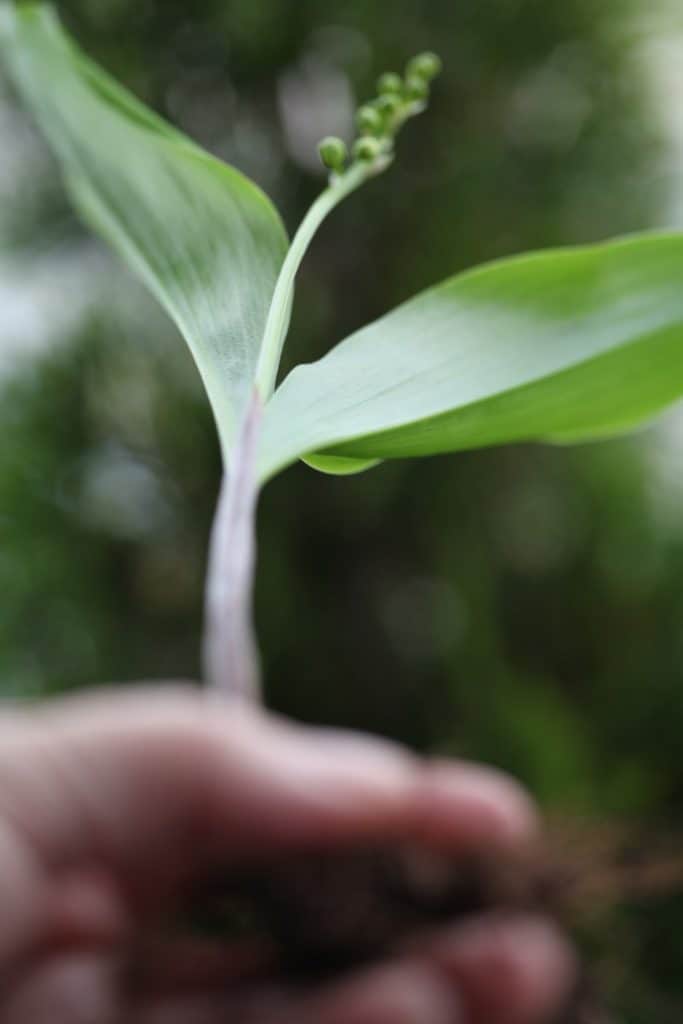
How Do You Transplant Lily Of The Valley?
- If you are transplanting from an existing patch, transplanting Lily of the valley is extremely simple.
- You will need a shovel to dig the plants, and a container in which to place them for transport to their new location.
How Do You Dig Up Lily Of The Valley?
- Place the shovel approximately four to six inches away from the plants and dig down and around the plant at approximately four to six inches deep.
- You can dig up individual stems, or a clump of many.
- You can always separate the individual plants from the clump if you like.
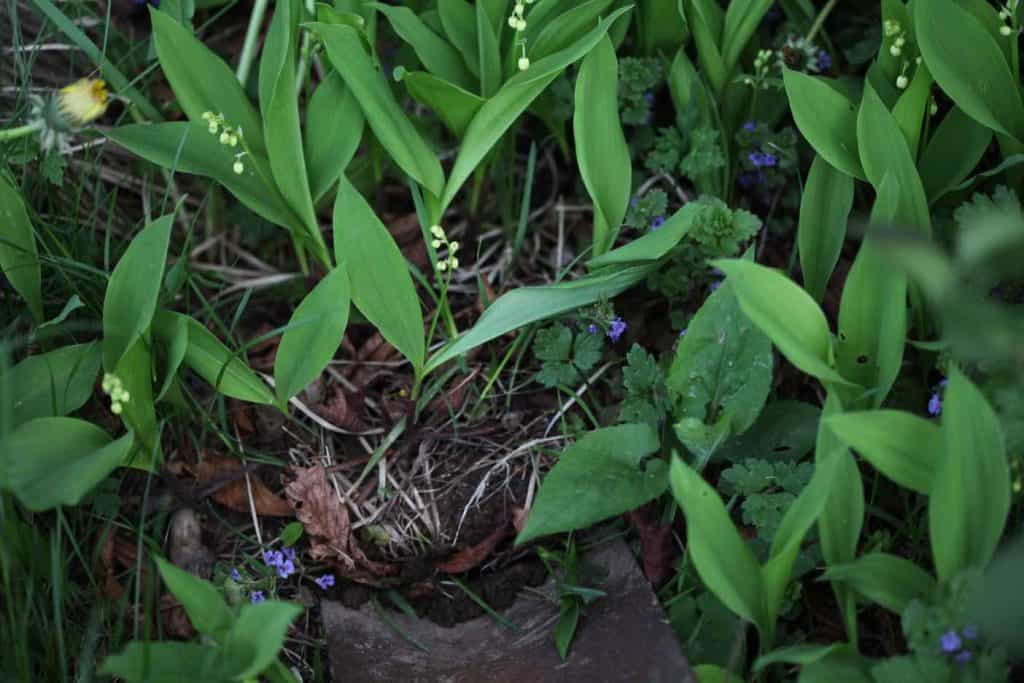
- Scoop the clump out with your shovel, it's as simple as that.
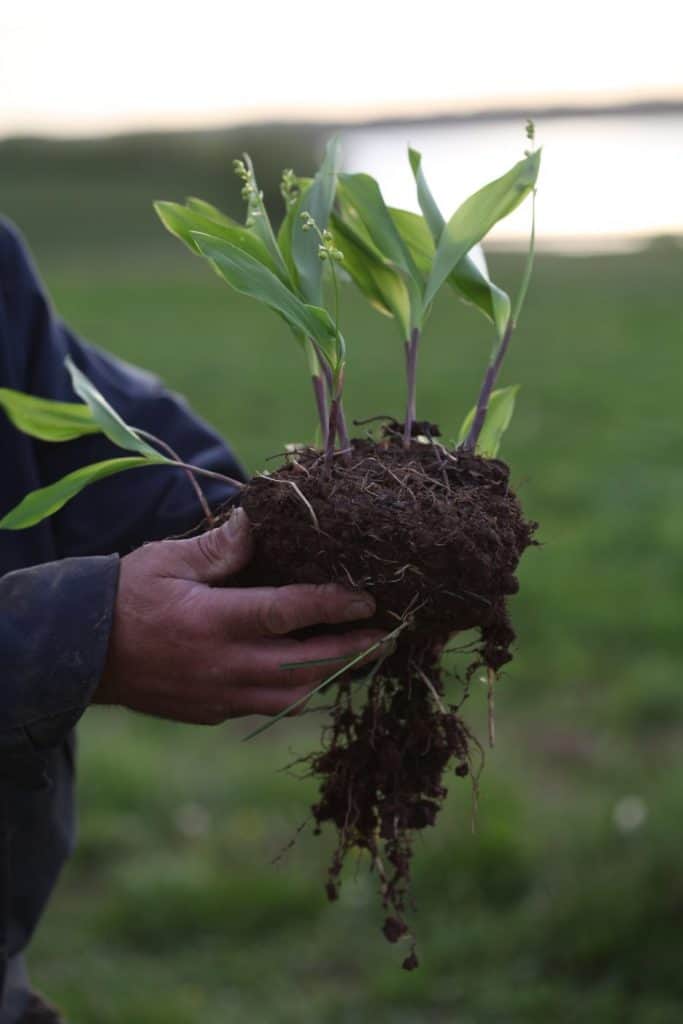
- Individual plants are easily separated. Sometimes they will break away from the edge of the clump.
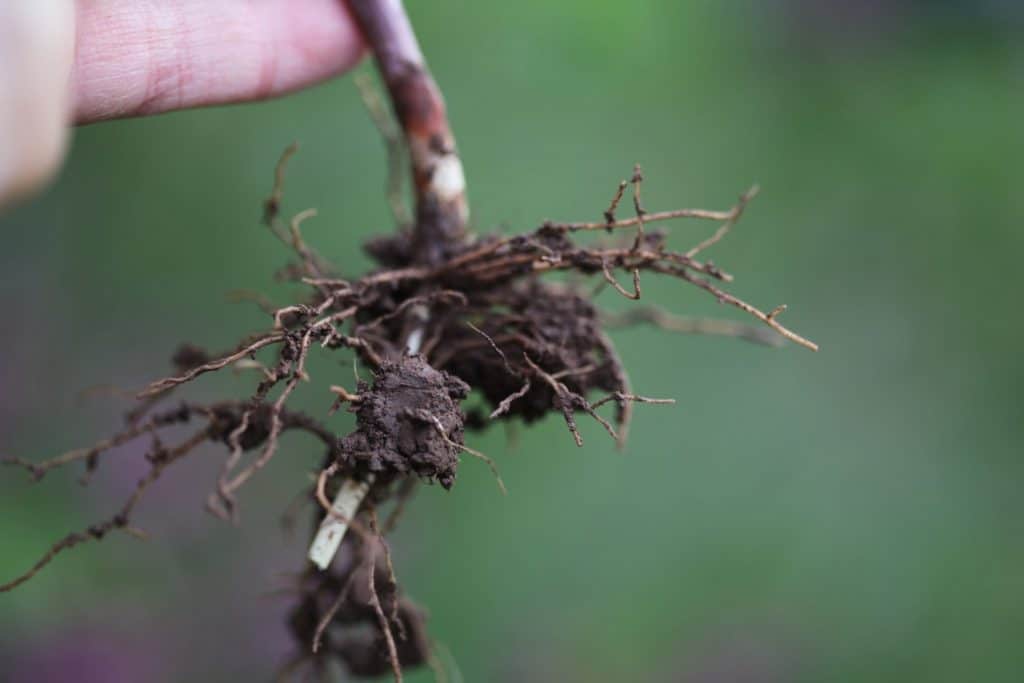
Where Does Lily Of The Valley Grow Best?
- Lily of the valley grows best in shade.
- It will tolerate some sun as well, however the most ideal spot is in the shade.
- Rich loamy soil is preferred, although it will also grow in average soil.
- If you plant your Lily of the valley under a deciduous tee, it will benefit from the leaf mulch in autumn.
When To Transplant Lily Of The Valley
- As with most plants, the best time to transplant is before active growth in spring.
- However Lily of the valley is very hardy, and we transplanted while it was blooming, with absolutely no disruption to the blooms whatsoever.
How Deep Do I Plant Lily Of The Valley Pips?
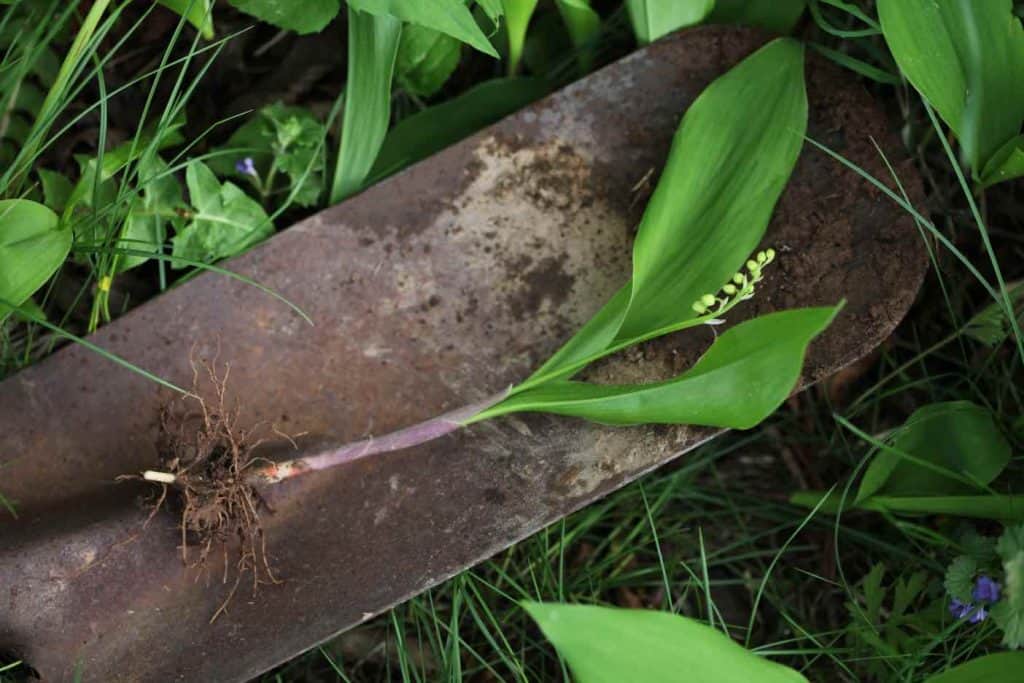
- If planting bare root, plant the crown and roots of the Lily of the valley approximately one inch below the soil level.
- In the photo directly above, the purple colouring on the stem starts about one inch above the crown. This is the part of the stem that protrudes above the soil level.
- You can easily see from the photo the depth of planting required.
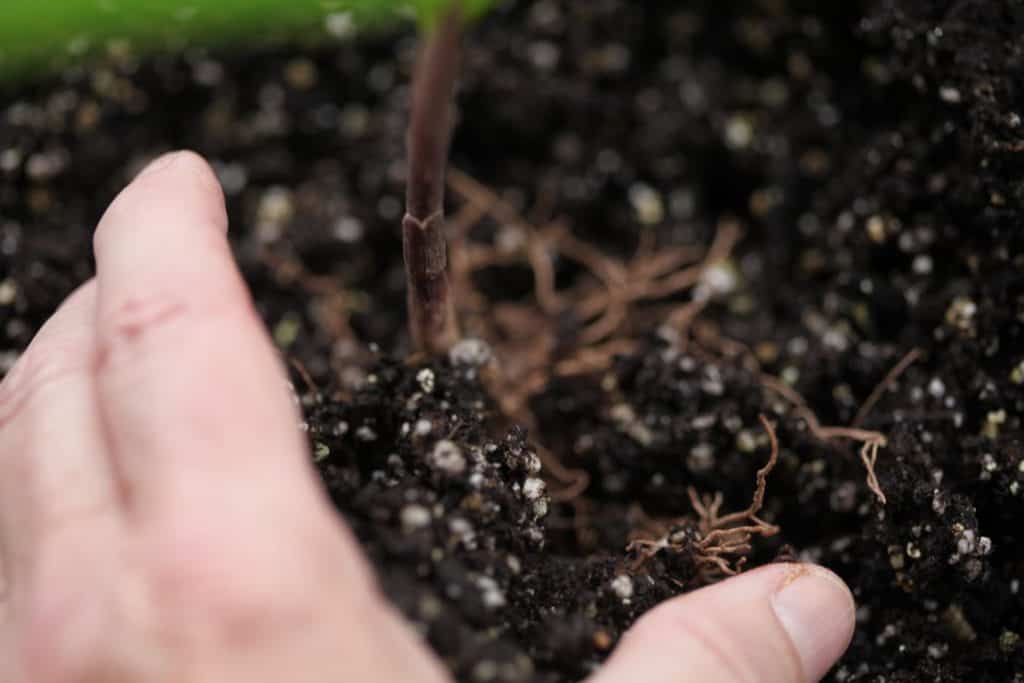
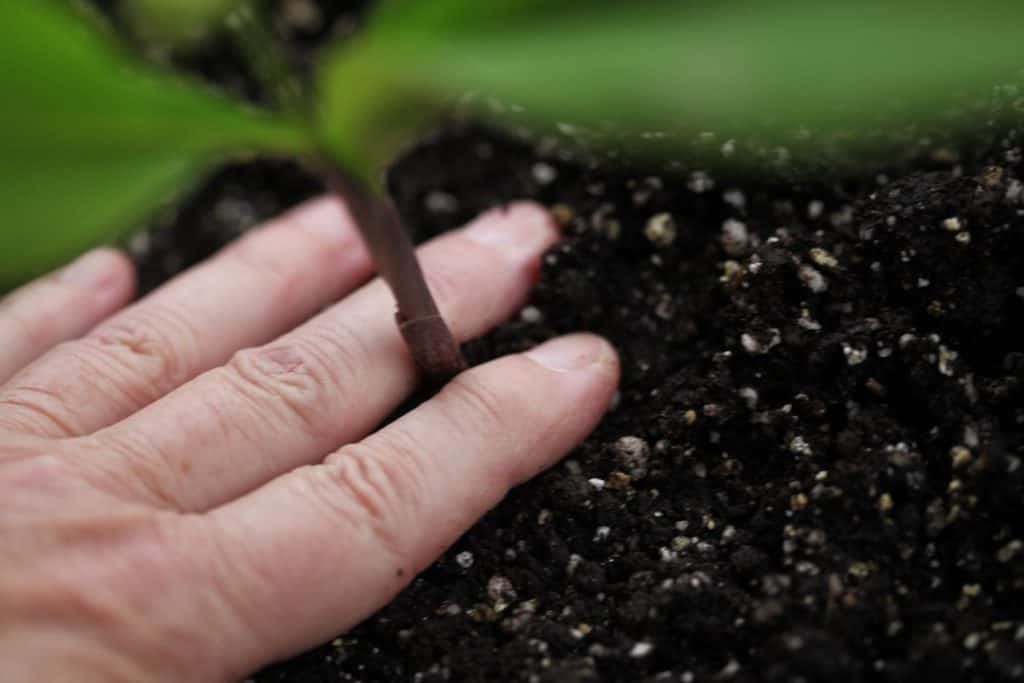
- Plant into the soil and tamp down.
- If you are planting a freshly dug clump, plant at the same depth that it was dug, with the top of the clump level with the soil.
Lily Of The Valley Spacing
- Space the plants about six inches apart, or if planting a clump, plant into the soil directly as it is.
Water In
- Water in at planting time, then water only if needed.
- We never water the Lily of the valley growing at the farm. It grows well with whatever the outdoor elements provide.
- Even in periods of drought, it survives without any extra care or waterings.
Thinning Out Lily Of The Valley
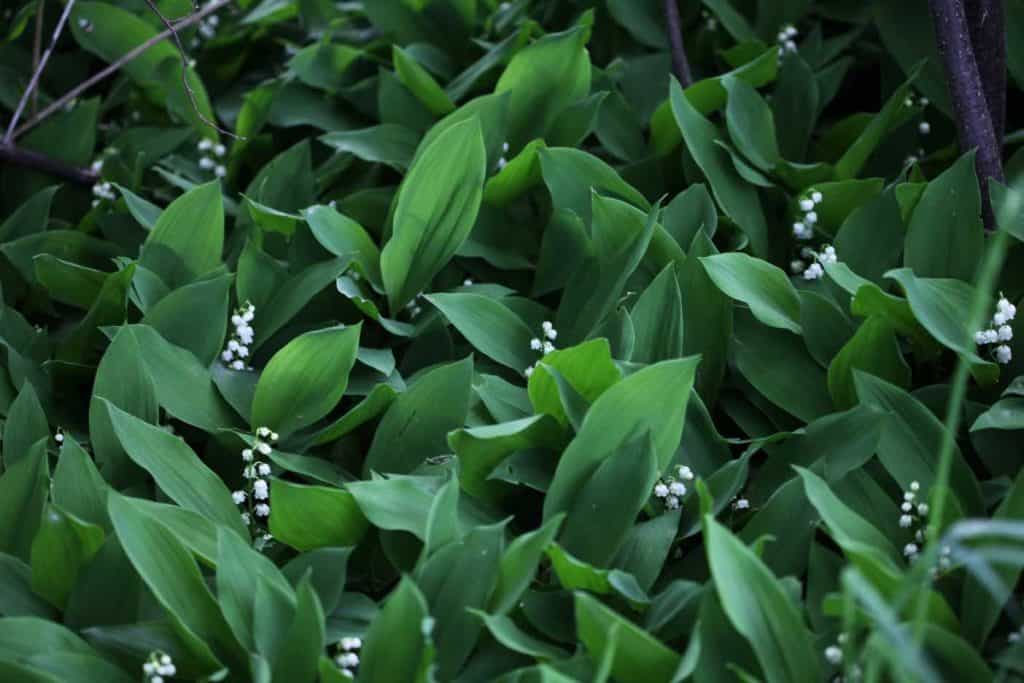
You can thin out Lily of the valley clumps by cutting them out with a shovel.
Remember that they spread underground through rhizomes. Some may still grow in the area that you are thinning unless you remove all of the rootlike structures.
Just continue to remove as needed, and aim for removing all the rhizome parts.
Growing Lily Of The Valley In Pots

We transplanted some of the Lily of the valley into pots on our covered deck. They readily took root and are thriving in the pots.
We intend to put them back into the ground in the fall, so that they can safely overwinter in the ground.
Do Lily Of The Valleys Multiply?
Lily of the valleys multiply freely and easily via underground rhizome spread. As long as they are placed in a good location they will be content and grow well.
Plant some Lily of the valley, and you will have your own patch of these wonderful flowers before too long.
You can bring the flowers inside in spring, and make your own sweet scented floral memories!
Have you tried to grow Lily of the valley? Be sure to leave a comment below to share your experience!
Other Posts You May Like:
See the Web Story on Transplanting Lily Of The Valley!
PIN IT FOR LATER!
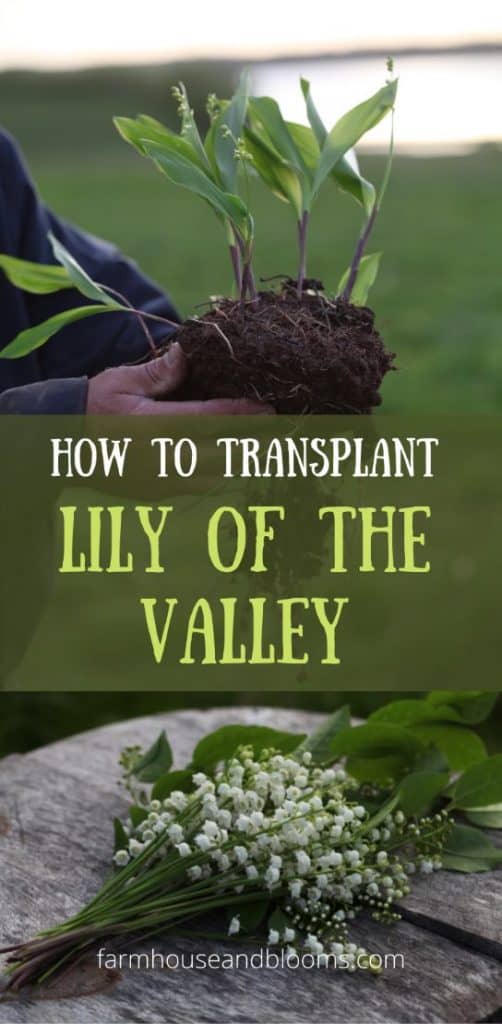
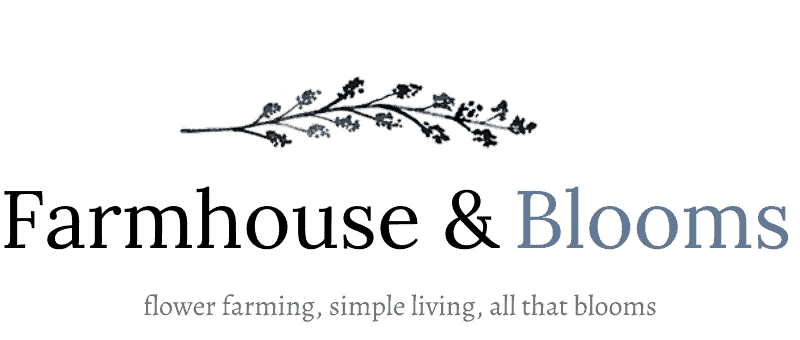

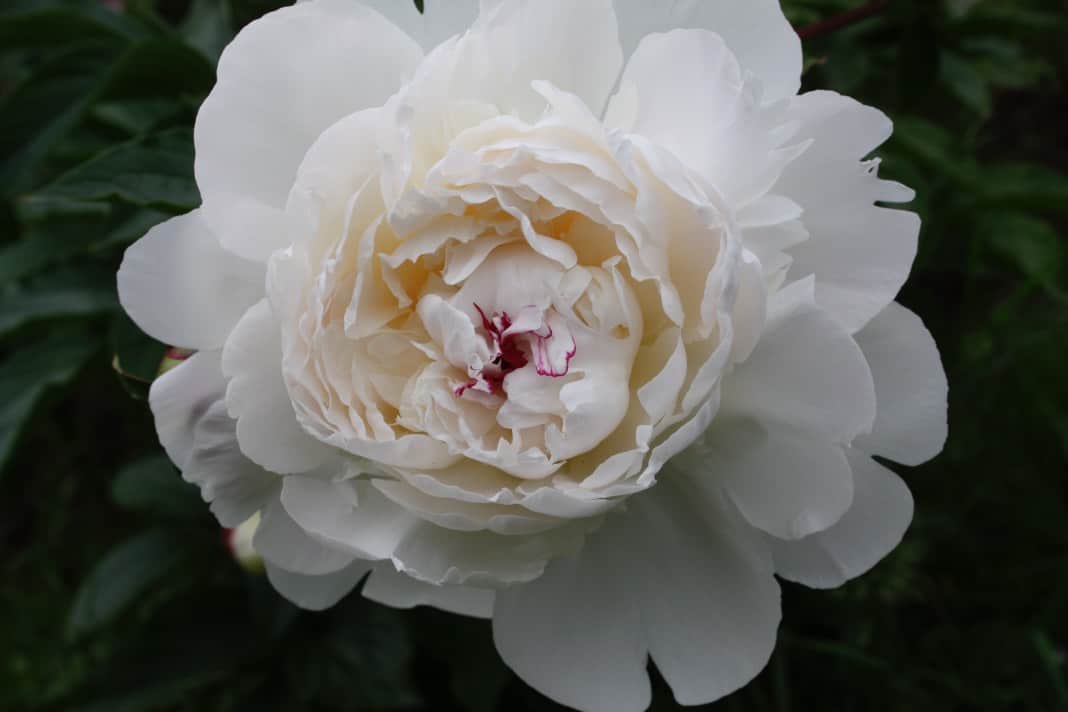
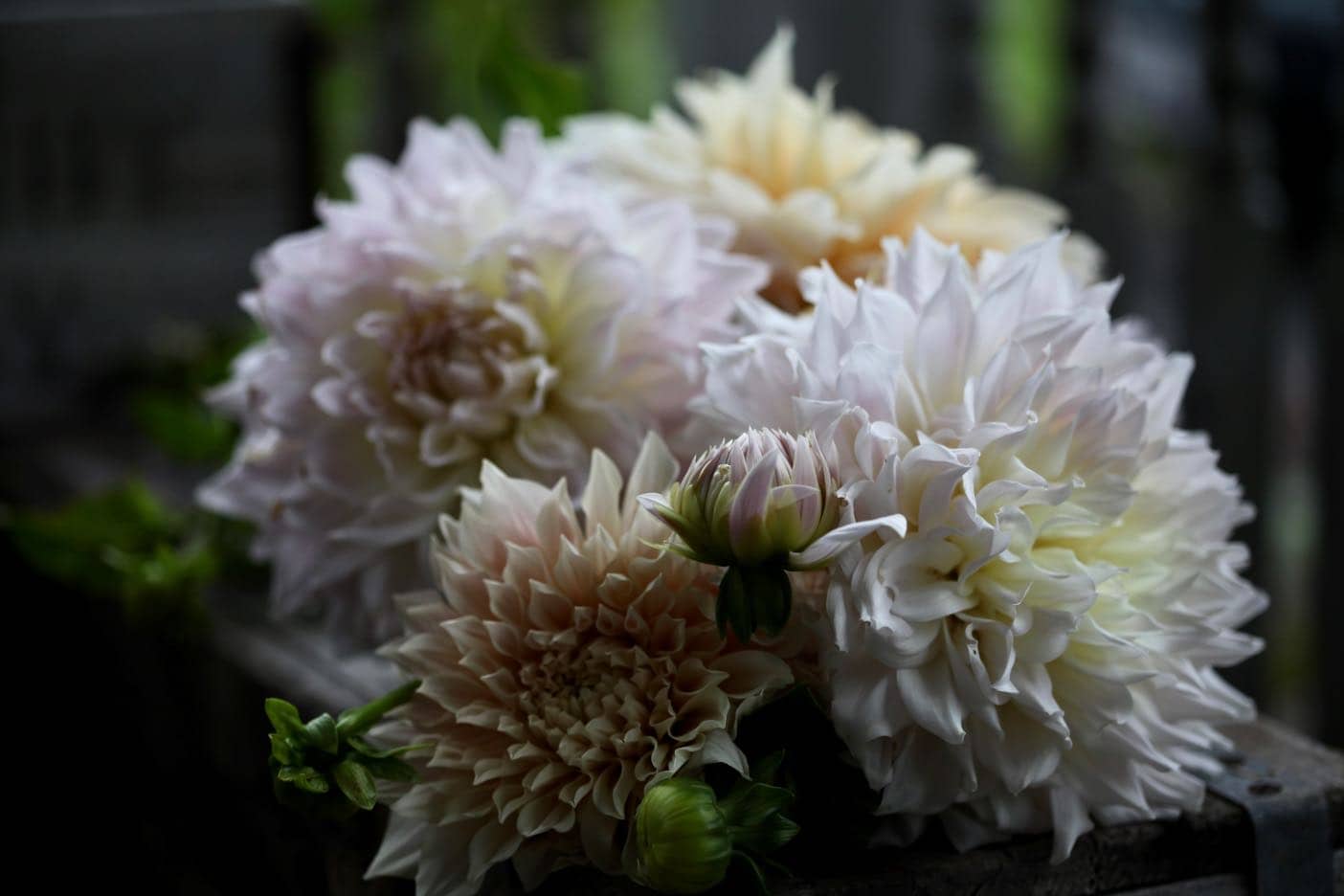
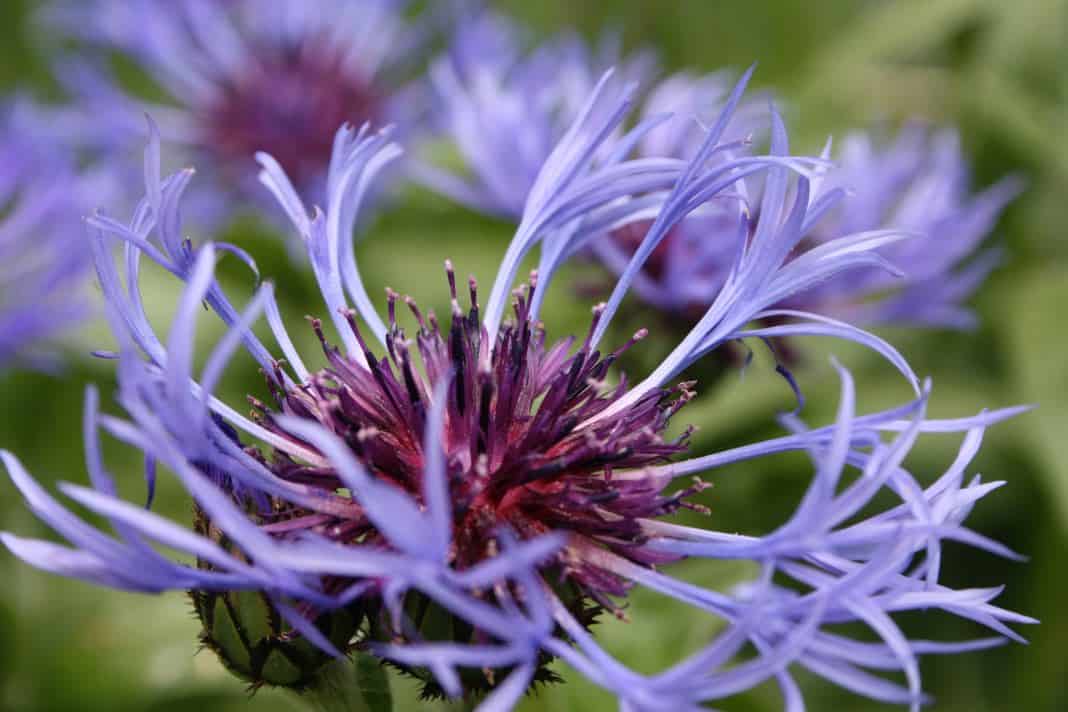
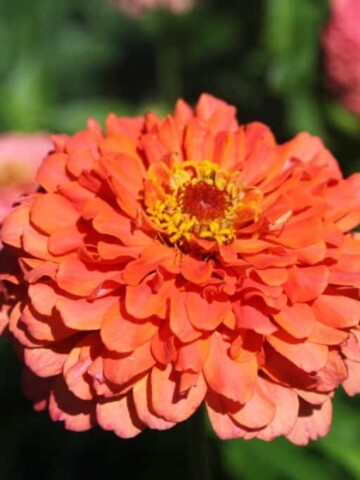
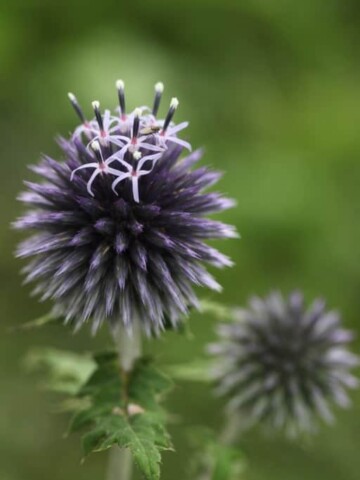
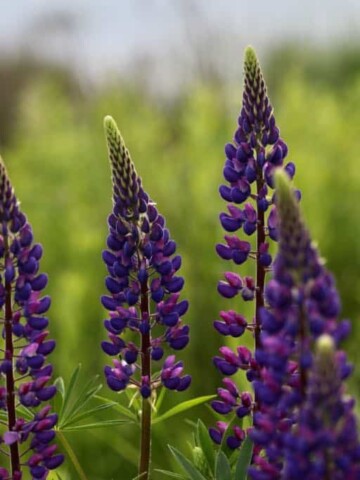
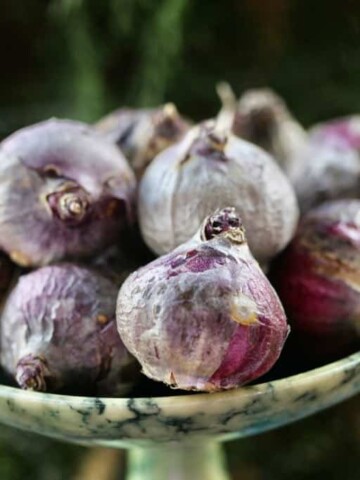
Susan
I love these flowers!! We’re moving to a new house and I’ll come back to this post!
cheyanne
Thank you Susan! I hope you get to plant some!
Ada
These are beautiful flowers and with a delicious fragrance! I like the idea of planting them in a pot. Thank you for this great post!
cheyanne
They are growing very well in the pot! Thanks for the comment Ada!